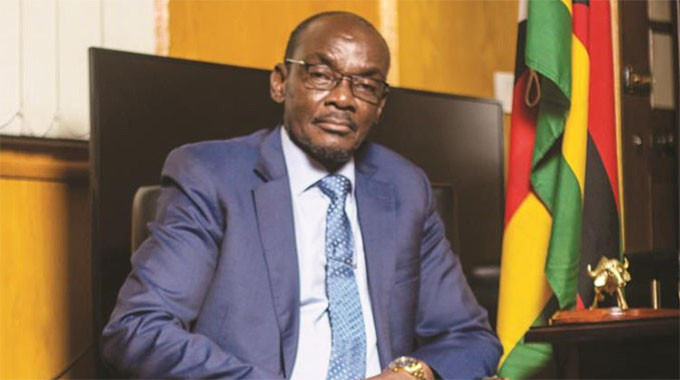
ZIMBABWE is richly endowed with critical mineral resources such as lithium, gold, platinum, chrome and diamonds.
These minerals represent a strategic opportunity to drive sustainable economic growth, industrialisation and job creation.
Despite this wealth beneath its soil, Zimbabwe remains economically underdeveloped, mired in serious poverty and fiscal challenges.
This paradox highlights a fundamental issue, the governance of mineral resources, rather than their availability, determines whether mineral wealth translates to national prosperity.
The government’s recent classification of minerals like lithium as “strategic” is a welcome recognition of their importance to the country’s future.
But designation alone is insufficient.
A clear, comprehensive and enforceable governance framework is essential to define the role of the State in resource management, secure fair revenue share, promote beneficiation, and ensure transparency and accountability.
Without such a framework, the label “strategic” risks being viewed by the populace a mere political slogan with limited developmental impact.
- Embracing green buildings to save energy
- Time, gentlemen, please
- Brand partnerships
- Business opinion: Brand storytelling
Keep Reading
Globally, two governance models offer useful lessons for Zimbabwe.
The first is the Public-Private Partnership (PPP) model, where governments collaborate with private companies that provide capital and technical expertise to develop mineral projects.
This model can accelerate project delivery, introduce advanced technologies and mobilise investment.
However, Zimbabwe’s experience, along with that of other countries, shows that PPPs without strong oversight and transparent contracts often result in agreements that disproportionately favour investors, while delivering limited local benefit.
Effective PPPs require stringent contract terms, open disclosure, and regulatory bodies capable of enforcing compliance.
The second model is State Equity Participation, often associated with resource nationalism, where the government acquires a direct ownership stake in mining projects.
For example, Mali’s mining code grants the State a 10% free equity share with the option to purchase an additional 20%.
Guinea holds a 15% free-carried interest in major projects.
Botswana’s diamond sector partnership with De Beers involves an equal 50:50 joint venture in Debswana, enabling the government to benefit directly from diamond revenues and influence operations.
These arrangements ensure governments have a seat at the table and a direct share of profits.
However, they require strong institutional capacity and governance discipline to avoid inefficiency or politicisation of mining assets.
For Zimbabwe, the most pragmatic path lies in a hybrid model that combines the strengths of both approaches.
The State should retain equity stakes in strategic minerals to safeguard national interests, while leveraging on private sector expertise and capital to enhance operational efficiency and technology transfer.
This approach must be supported by a transparent and enforceable policy environment that mandates disclosure of mining agreements, strengthens regulatory agencies and enforces local beneficiation and employment provisions.
It should also guarantee community participation through legally protected shareholding schemes that ensure mining-affected populations have a share in the benefits accruing from mineral extraction.
This hybrid governance framework should be complemented by rigorous revenue management systems aligned with global transparency initiatives such as the Extractive Industries Transparency Initiative.
Transparent revenue tracking and public reporting are essential to prevent corruption and mismanagement and to build public trust in the sector.
The global surge in demand for critical minerals, especially lithium, presents Zimbabwe with a narrow window of opportunity.
Countries with credible governance frameworks are attracting responsible investment and transforming resource wealth into sustained development.
Zimbabwe risks repeating the cycle of mineral exploitation without economic transformation unless it implements a governance regime that priorities transparency, State participation, beneficiation and community inclusion.
Strategic mineral governance must, therefore, go beyond declarations towards policy action.
By adopting a balanced, hybrid model with clear legal and institutional backing, Zimbabwe can ensure its mineral resources drive industrialisation, create jobs and generate lasting wealth.
The country’s mineral wealth is a powerful asset if governed with foresight and integrity, it can become the foundation for Zimbabwe’s inclusive economic future.










